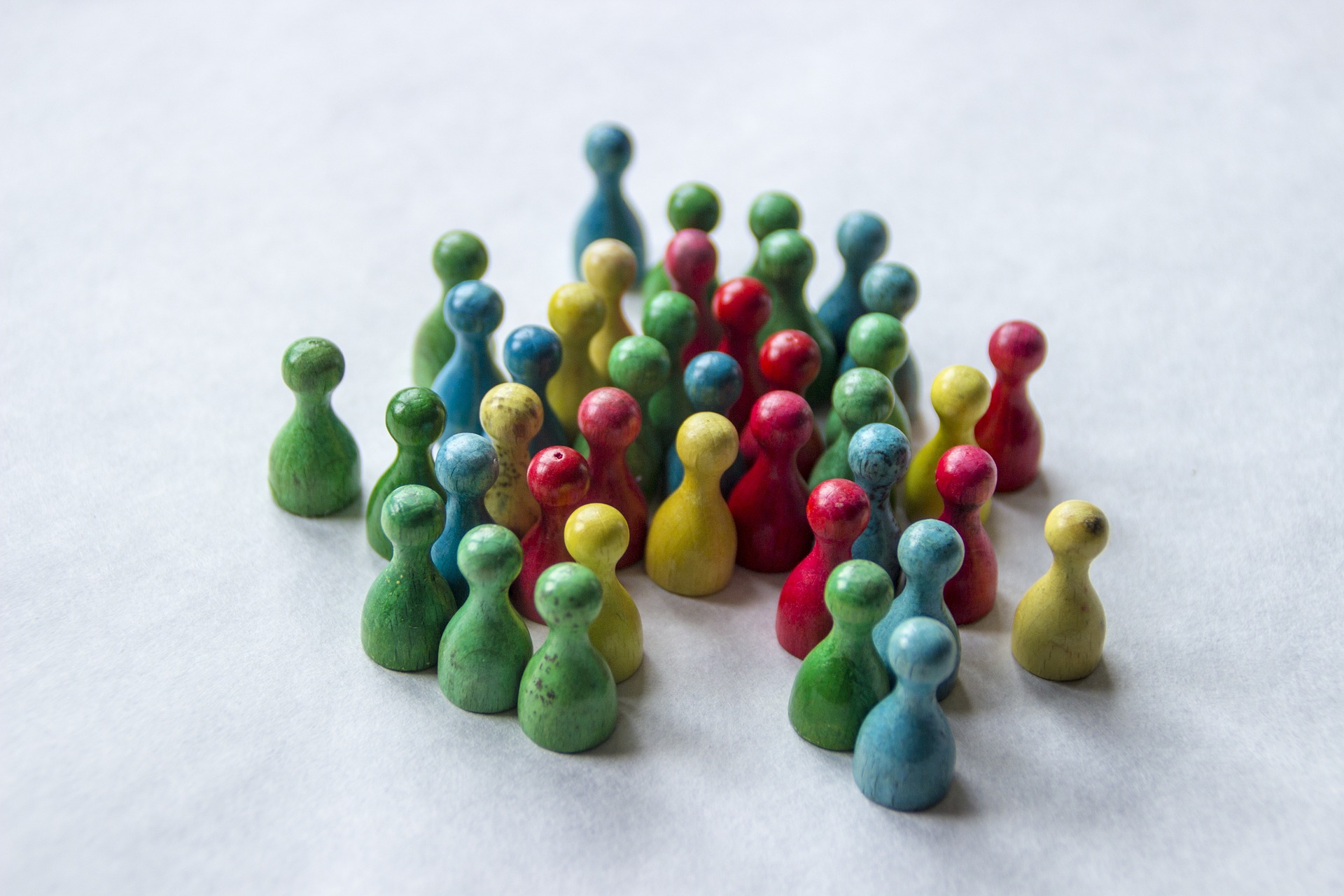Global Migration Trends: Unraveling Challenges and Spotting Opportunities
As the world becomes increasingly interconnected, global migration has become a significant aspect of societal transformation. The dynamic nature of migration presents distinct challenges and opportunities, shaping the social landscape in profound ways. Read below to delve into this intriguing topic.

The Push and Pull of Migration
Migration is driven by a multitude of factors, commonly categorized as push and pull dynamics. Push factors include political instability, economic hardship, or environmental disasters that make a region unlivable. Pull factors, on the other hand, include better economic opportunities, social welfare, and political stability that attract people to a particular location. The interplay of these factors creates a complex tapestry of global migration.
Challenges Faced by Migrants
Migrants often face daunting challenges as they transition to a new society. These include linguistic and cultural barriers, discrimination, xenophobia, and limited access to social services. For undocumented migrants, the situation is even more precarious due to the constant fear of deportation.
Economic and Demographic Implications
Migration has far-reaching economic and demographic implications. It can lead to brain drain in countries of origin while simultaneously contributing to economic growth in host countries. Moreover, migration can help offset aging populations in developed countries, fueling demographic renewal.
Opportunities and Contributions of Migrants
Despite the challenges, migrants also offer significant contributions to their host societies. They bring diverse skills, talents, and cultural perspectives, enriching the social fabric. Migrants often fill labor market gaps, contribute to innovation, and stimulate economic growth.
Policy Response and Integration Efforts
Governments play a crucial role in managing migration. Policies that facilitate legal migration, protect migrants’ rights, and promote integration are vital. Encouraging social inclusion and cultural exchange can help migrants become active contributors to their new communities.
Useful Tips and Facts: - Migration is primarily a response to socio-economic disparities across regions. - Migrants often face discrimination and marginalization in host societies. - Migrants contribute significantly to the economy and cultural diversity of host countries. - Comprehensive migration policies are essential for tapping into the potential benefits of migration.
Migration is a complex and multifaceted issue, bringing both challenges and opportunities. As societies continue to evolve, understanding and effectively managing migration becomes increasingly critical. By embracing diversity and fostering social inclusion, we can create a world that benefits from the dynamism of global migration.




